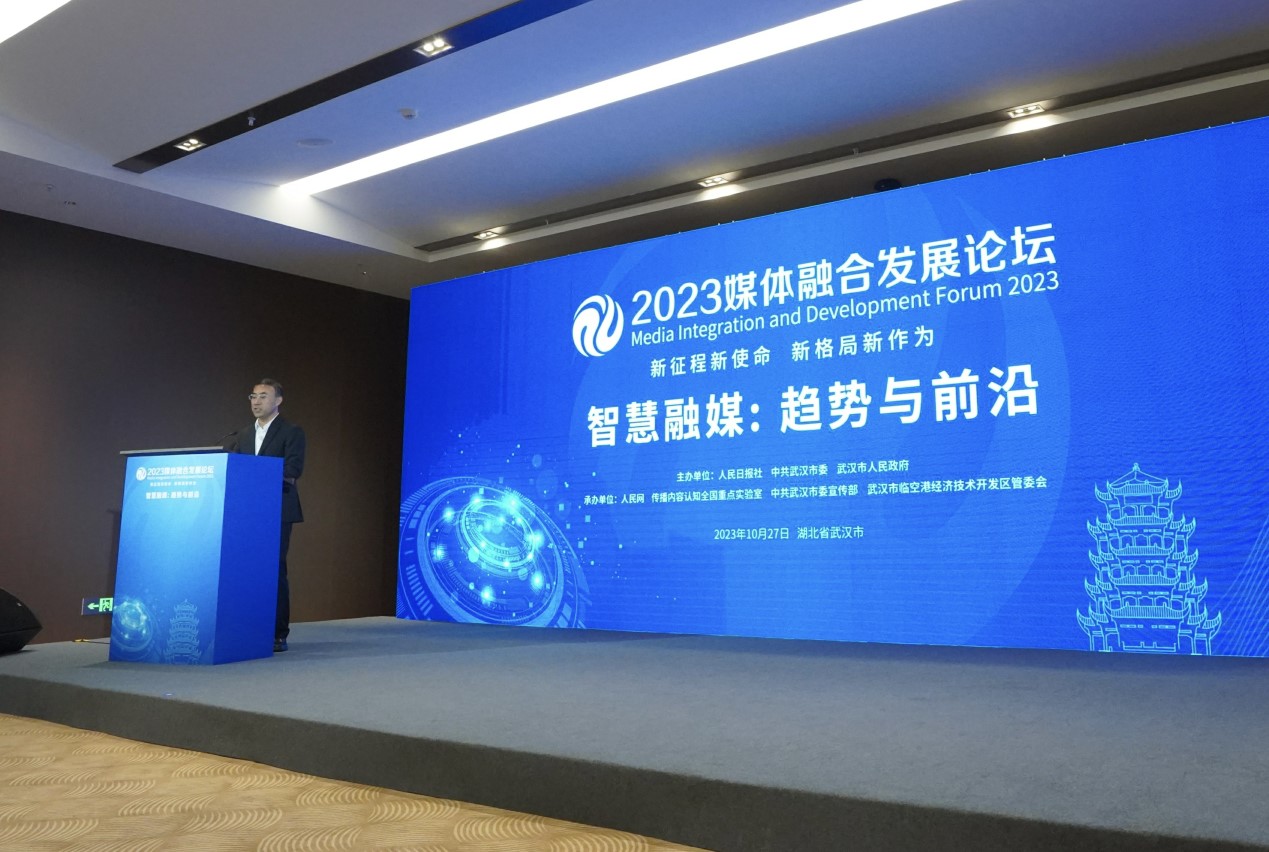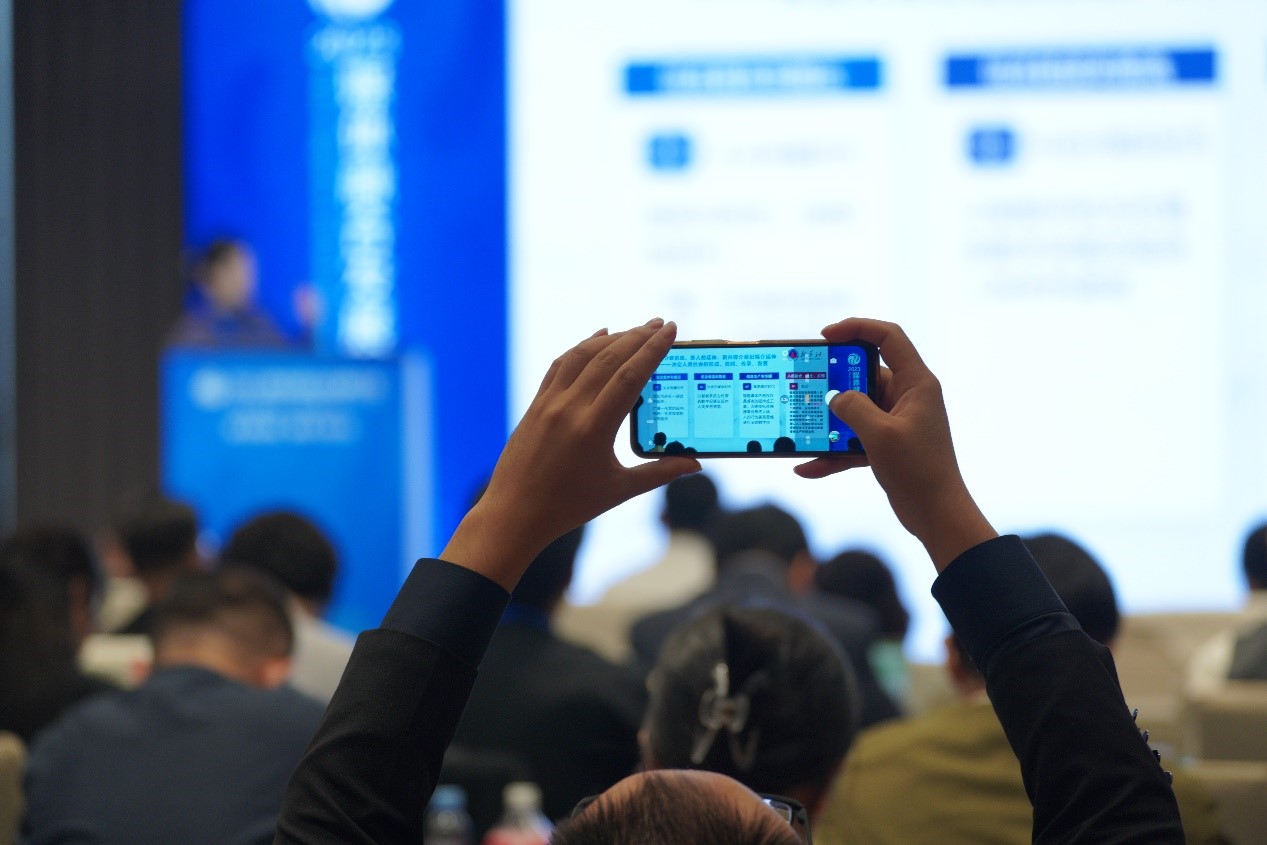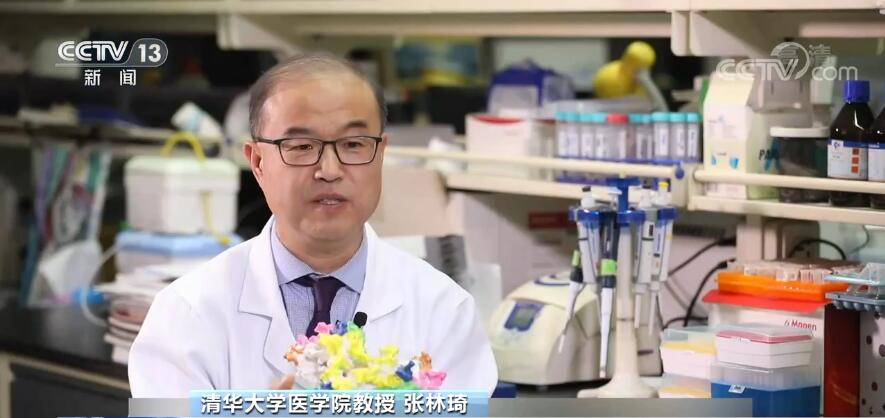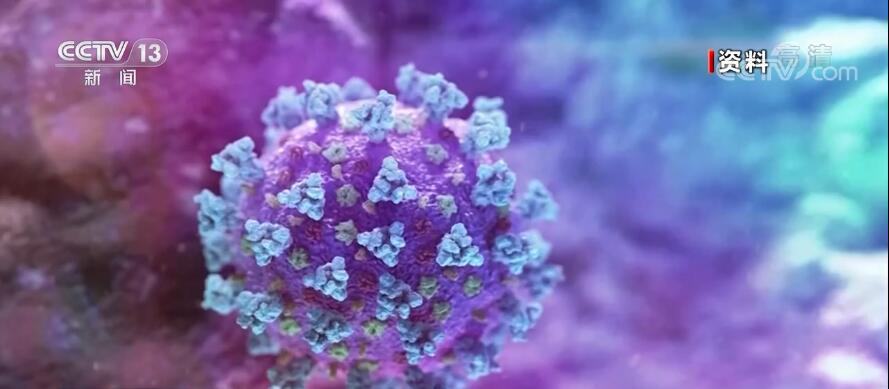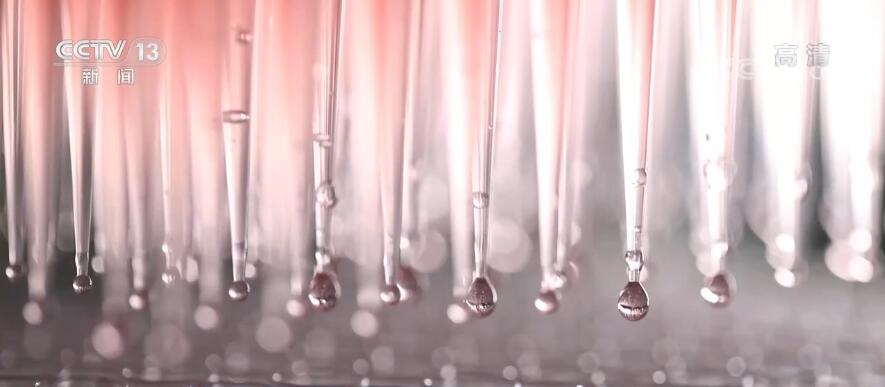
Author/Susu
Edit/seal
Recently, Wal-Mart has made great achievements at home and abroad.
According to the latest Q2 financial report, Wal-Mart’s turnover of $141 billion exceeded market expectations, and its share price has been rising since June this year. Its market value has exceeded the $4 trillion mark, but there have been reports of closing stores in China.
After Wal-Mart announced the closure of Beijing Chaoyang Store, on August 20th, Wal-Mart announced the closure of Chongqing Xinyang Store. In the past four years, Wal-Mart has closed 80 stores in China.
The decline of China’s business has cast a shadow over the world’s number one retailer.
In recent years, the voice of traditional retail has been declining, but one multinational retailer has impressed customers with its meticulous service, and its business is still extending to the surrounding third-and fourth-tier cities.
This retailer, Ito Yokado, has opened seven stores in Chengdu with its high-end boutique department stores and supermarkets. Rooted in Chengdu for more than 20 years, Chengdu people have been deeply bound to Ito Yokado, and opening a family can even drive up the surrounding housing prices.
Chengdu Ito Yanghuatang Shuangnan Store is a well-deserved "king of single stores". In 2019, this department store opened in the community won the global sales champion of Ito with sales of 1.6 billion yuan. In the same year, the total sales of Chengdu Ito was nearly 6 billion yuan.
Ito Yokado has been integrated into the life of Chengdu people, but few people know it outside Chengdu, so that Chengdu people can’t help wondering: Is there no Ito Yokado anywhere else?
In Japan, Ito Yokado is a national enterprise, but in China, Ito is more like a local enterprise in Chengdu. Why can Ito, who grew against the trend, live so well? What enlightenment can it bring to the retail industry in China?
01 Ito’s family history
In Japan after World War II, everything was in ruins, the whole social economy began to grow at a high speed, and the strong consumer demand promoted the development of the retail industry, and there was a trend of collectivization and chain management. Before that, it was mainly in the form of couples’ shops on the streets.
Ito Yokado was first founded in 1920 as a street grocery store, and it was Yasushi Ito who led Ito Yokado towards collectivization.
In 1958, after the death of Yasunari Ito’s brother, Yasunari Ito inherited his brother’s shop and registered Yanghuatang Company. So far, the runner-up Ito really owned a company of his own.
When Ito Yajun inspected his business in the United States, he was keenly aware that the future retail market would belong to supermarkets, so Ito Yajun transformed into supermarkets with the shops that operated foreign goods at that time, and gradually derived the Japanese GMS model of "supermarket+department store".

Source: Qihe Yi official website
Such a one-stop shopping method soon blossomed everywhere in Japan. In the following decades, Ito Yajun created a huge retail business empire and made it the first in Japan.
In 1964, Ito Yokado signed a regional cooperation treaty with American Southern Company to introduce 7-Eleven convenience store to Japan. With its flexible location and advanced POS item management mode, it has rapidly expanded, and there are now more than 20,000 in Japan.
In 1991, Ito Yokado acquired 73% of the shares of American Southern Company, which was officially renamed 7-Eleven.
In 1971, Yasunari Ito renamed the company "Ito-Yokatang Co., Ltd." and the company was listed on the Tokyo Stock Exchange in 1972.
In 1998, Ito Yokado ranked 33rd among the top 500 in the world. In 2005, because the convenience store business has exceeded the revenue of supermarkets and department stores, Ito Yokado was officially renamed Seven&I Holdins (Chinese name Qiheyi Holding Group).
After that, Qiheyi acquired sogo and Seibu Department Store in Japan, becoming the largest retailer in Japan, while Ito Yokado had more than 200 stores at its peak in Japan.
In the latest "Global Retail Power 2021" report released by Deloitte, Qiheyi Holdings ranked 18th with total revenue of 60.9 billion US dollars. Such an ordinary street shop has grown into a retail multinational giant involving supermarkets, department stores, convenience stores, finance and other businesses.
Chengdu, which can’t be bypassed.
In the late 1990s, the reform and opening-up has gone through more than ten years, and the first batch of cities such as Beishangguangshen and Shenzhen, which have tasted the reform dividend, have seen the rise of high-rise buildings. The mental outlook and lifestyle of the whole society have undergone tremendous changes, and people in these cities have taken the lead in releasing enough consumption space.
Therefore, when foreign investors enter the China market, they will basically open their first stores in these first-tier cities to test the reaction of the China market. When McDonald’s entered Chinese mainland, it experienced several years of research in the early stage and finally chose Shenzhen. On the opening day, people who came to taste McDonald’s were surrounded.
In 1995, China issued the Interim Provisions for Guiding the Direction of Foreign Investment and the Catalogue for Guiding Foreign Investment Industries, which further expanded the field of foreign investment. The world’s retail giants were moved by the wind, Carrefour took Beijing as the starting point, and Wal-Mart later settled in Shenzhen.
Ito Yokado, which is only one hour away from China, also thinks it is time to enter China. In June, 1996, Ito Headquarters mobilized, and Sanzhi Fu Bo, then Minister of Commodity Purchasing, decided to give up her comfortable life and go to China to start a new career.
At that time, Ito Yanghuatang’s first store in China was set up in Chunxi Road, Chengdu, and Sanzhi Fu Bo served as the director of the residence department of Chunxi Road Store, which opened his life in Chengdu for 20 years, and his experience in China also helped him to reach the peak of his career.
But it is incredible that Ito Yokado, the fifth retailer in the world, will choose to go deep into the southwest hinterland and set up its first store in Chengdu. After all, at that time, Chengdu’s annual GDP was only 86.9 billion yuan, ranking 10th in the country. Large areas in the Second Ring Road were still farmland, and the overall development was backward compared with the coastal areas.
In fact, Ito did take Beijing as its first choice at first. At that time, the China preparatory group had been in China for a period of time, but it was "cut off" by the Chengdu municipal government. Chengdu promised to provide more support in all aspects, and Ito resolutely decided to move to Chengdu.
On November 21, 1997, in a festive atmosphere, the Ito Yanghuatang department store in Chunxi Road, Chengdu opened. It was the first batch of foreign department stores to enter Chengdu, and it was even considered as a pharmacy (like Tong Ren Tang) because of its strange name.
Ito Yokado was different from the well-known department stores at that time, but a Japanese-style GMS store, that is, fresh food was sold on the first floor, and all kinds of household department stores were up there, that is, the well-known hypermarkets in Chinese. At that time, Chinese’s shopping habit was still to buy food at the farmers’ market, and Ito was the first enterprise to bring this model into Chengdu.
At that time, the department stores in Chengdu were still mainly state-owned, and their service awareness was poor. The Japanese service brought by Ito Yokado’s crossing the ocean can be said to be a "hanging" local service industry. Ito is like a catfish in a pond, bringing advanced business philosophy and service level.
In terms of service, every morning and evening when the store opens and closes, Japanese executives will bow and bow to customers with their employees, and also provide free maternal and child rooms, water dispensers, baby strollers, self-service packaging bags, fresh ice cubes, toilets, dresser, hair dryer and other products, and free umbrella rental services in rainy days.
In terms of mode, Ito Yokado is a typical Japanese GMS hypermarket, that is, the self-operated food life museum (fresh supermarket) is on the ground floor, and the familiar department store is on the upper floor. Although we are familiar with this form now, the people at that time were used to buying food at the farmer’s market and fresh food at the department store, which is still a trendy thing.
The biggest difference between Ito Yokado and European and American retailers is that it has a strong Japanese style in all aspects, and it is positioned in the middle and high end, and does not compete with traditional supermarkets in price wars. Compared with Wal-Mart, RT Mart and other western-style stores, Ito’s Shangchao occupies a much smaller area and has a high proportion of semi-cooked food. It will sell Japanese products and Japanese cuisine that are hard to buy elsewhere, and the department stores upstairs will also introduce Japanese brands.
In addition, Ito Yokado intends to change its own model to "heavy", adhere to its own brand "Ito Quality", and directly purchase goods from suppliers. Cold chain goods can be directly traced back to the source, and customers can eat with great confidence.

Japanese goods have always been the representative of high quality in the hearts of Chinese people. In the past, in the eyes of Chengdu people, Ito was synonymous with high-end westernization. In Chengdu words, it is a very "foreign dish" to go shopping in Ito.
On the one hand, it is the ultimate service, on the other hand, it is high-quality goods. Ito has filled the gap of high-end shopping malls in Chengdu, and Ito has been the top stream in Chunxi Road for a long time.
Chengdu people’s love for Ito is obvious. In more than 20 years, Ito Yokado, a boutique store, has been able to open eight stores in Chengdu. In 2012, the annual turnover of Ito Yokado’s four stores in Chengdu ranked first, second, third and fifth in the world, among which Shuangnan Store with the highest efficiency broke Ito’s global sales record, not only in Chengdu, but also in Meishan and Leshan around it.
In the past twenty years, Sanzhi Fu Bo has been promoted from the director of Chunxi Road Store to the representative of Ito in Chengdu and the representative of China District. This elegant and easygoing Japanese has also been affectionately called "the third brother" by Chengdu people.
Ito has also become a barometer of Sino-Japanese relations. Chengdu citizens and Ito have always maintained a delicate relationship of "love and kill each other". When anti-Japanese sentiment was high, a large number of citizens went to smash the glass of Ito, but after smashing it, they continued to buy it in buy buy, and they couldn’t stop.
Some media once made a questionnaire about "favorite shopping malls". Among the 185 samples collected, Ito was elected as the first shopping mall with a high share of 25.9%. In Ito, Chengdu, it’s everywhere.
This kind of love, so that when Chengdu people go to other places, they will ask: Is there no Ito Yokado Hall anywhere else?
Yes, Ito has only replicated its prosperity in Chengdu, while in other cities, Ito Yokado’s strategy has been losing ground.
03 "Escape from Beishangguang"
In December 1996 and September 1997, Ito Yokado successively set up joint ventures in Chengdu and Beijing, with Ito as the largest shareholder. Chengdu’s company was Ito Yokado, while Beijing’s was called Huatang Shopping Mall.
Obviously, even if it entered Chengdu first, Ito could not give up the market space of first-tier cities, and decided to take Beijing and Chengdu as the base areas, and then radiate to other cities.
However, there is a sharp contrast between Beijing business and Chengdu business. Chengdu business is booming and the overall turnover is close to 6 billion yuan, but Beijing Huatang Shopping Mall is losing ground. Since 2014, Huatang Shopping Mall has been closing stores in Beijing one after another, and now there is only one "only child" in the Asian Games Village store.

Source of information: network mapping/Luming Literature Finance and Economics.
It’s a pity to lose the Beijing market, which has to make people sigh that "the orange is born in Huainan, and the orange is born in Huaibei." Why are the operating conditions of the two places so different?
Ito’s summary is that the positioning is not clear enough, and the localization is not enough. The shopping mall lacks appeal to customers and can only fall into the whirlpool of price war with surrounding shopping malls.
In 2013, Sanzhi Fubo, who had been promoted to be the general representative of Ito Yokado in China, sent Chengdu General Manager Imai Shing to take over the Beijing business, which initiated drastic reforms, including image upgrading and inviting brands to settle in. But obviously, with the experience of Chengdu, it is still impossible to save the decadent situation.

Source: Qiheyi Holdings Financial Report Luming Literature Finance/System
The failure of Beijing has made Ito make it clear that it will not go to other cities to expand its stores in the future, but focus on the development of southwest China with Chengdu as the center.
In a city with fierce competition in commercial real estate like Beijing, "old shopping malls" like Ito Yokado are facing challenges, not only from e-commerce, but also from new commercial complexes.
In 2017, Beichen Shopping Center, once one of the largest chain department stores in Beijing, closed its last store in Beijing. This mall, whose sales exceeded 100 million in 1994, officially withdrew from the Beijing stage. The essence is the aging of the department store format in China, which has been unable to meet the consumption demand of Chinese people.
According to the survey report, in 2019, the annual business growth rate of department stores in China was only 1%, the growth rate of online retail reached 11.7%, and the shopping center reached 6.8%, among which 49% of the department stores showed negative growth.
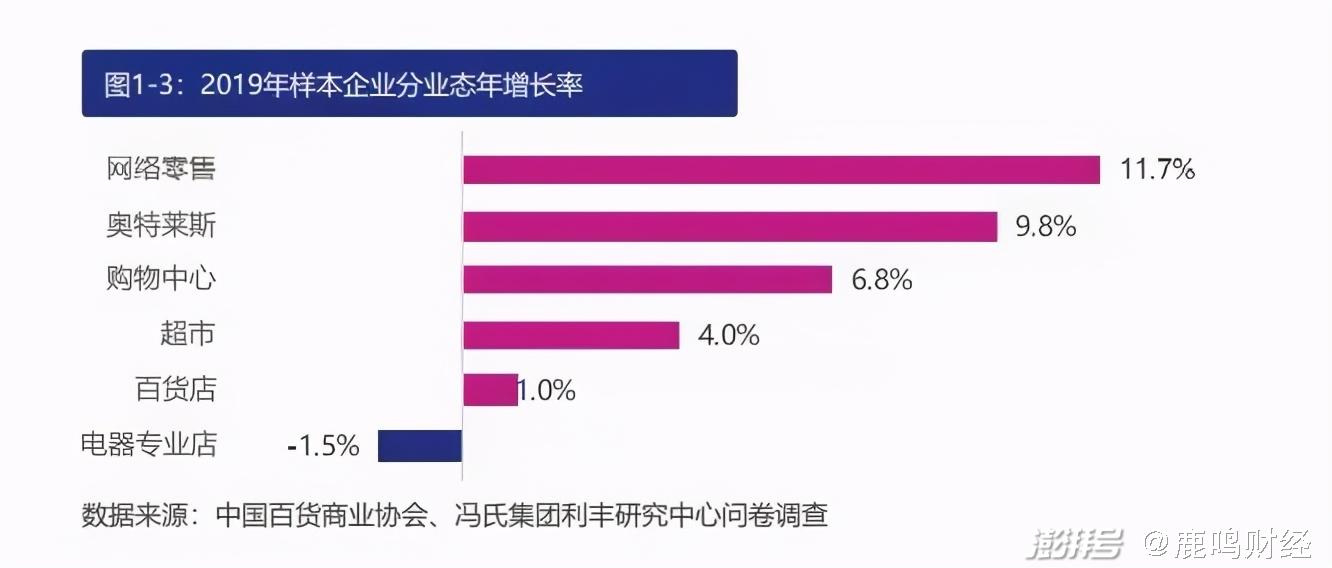
Source: China Department Store Business Association
The success of Chengdu Ito Yanghuatang comes from an investment of more than 20 years, which has touched the people of Chengdu with sincere and meticulous operation concept. After all, not every retail practitioner can go door to door to visit citizens’ homes and observe their living habits.
From Beijing to Chengdu, from the first line to the new line, there is a certain time difference in consumption transformation. Some experts have pointed out that the format of "Shangchao+Department Store" has been difficult to attract consumers, and the whole department store industry is facing the dilemma of transformation.
Yes, even Ito, Chengdu, known as the "myth", can’t save the decline of Ito Yokado on a global scale.
Does the traditional retail industry have to shed a layer of skin?
In March 2017, Sanzhi Fu Bo was transferred back to the Japanese headquarters of Ito Yokado as the president. This appointment and transfer can not be separated from Sanzhi Fu Bo’s deep cultivation in China for more than 20 years and his dazzling achievements in China.
Of course, there is also an important point in time, that is, Ito Yokado in Japan is facing a performance dilemma, most of its operations are not ideal, and customers are losing, which is not the same as the steady rising performance trend in Chengdu.
At present, the supermarket business including Ito Yokado accounts for 31.4% of the total group’s revenue, but the net profit only accounts for 8.1%, and the overall profitability is worrying.
After Sanzhi Fu Bo returned to China, it began to shut down its Ito Yanghuatang stores with poor performance. In recent years, the number has dropped from 182 at the peak to 132 today.

Source: Qiheyi Holdings Financial Report Drawing/Luming Literature Finance and Economics.
Although Ito has created a good reputation in Chengdu, with the continuous expansion of Chengdu’s urban area and the rising consumption power of the people, the commercial center has also shown a multi-point flowering trend.
A few years ago, Ito Yanghuatang could be regarded as the "top flow" shopping mall of Chunxi Road, but with the continuous expansion of Chunxi Road business circle, it became less prominent. In the past, Ito Yokado was synonymous with "high-end" and was also taken away by luxury shopping centers such as Taikooli and IFS.
As a result, the influence of Ito Yanghuatang, which is located in the mid-range department store, is gradually weakening in Chengdu. In the performance of major commercial projects in Chengdu in 2020, Ito Shuangnan Store ranked 15th with sales of 1.2 billion yuan, and most of the top shopping centers are Taikooli, IFS and Vientiane City.

Source: Network
The annual report of Ito’s parent company Qiheyi Holding Group shows that Chengdu Ito Yanghuatang’s performance has declined for the first time since 2016 (of course, the epidemic situation is a major influencing factor).

Source: Qiheyi Holdings Financial Report
As can be seen from the above, Ito Yokado opened stores in China while closing stores, and the number was always relatively stable. After the failure of Beijing business, Ito’s opening speed also dropped.
The Japanese have polished the details to a "perverted" level. When Sanzhi Fu Bo was preparing for the second Ito in Chengdu, it once recorded a form with more than 3,000 entries, and required 70% of these projects to reach the level above the industry before they were allowed to start business.
This way of operation enables them to achieve the ultimate in every store, but it is difficult to expand on a large scale.
In June, 2020, China Chain Store & Franchise Association released a list of the Top 100 Supermarkets in China in 2019, and Ito Yokado won the first place in single store sales with an average sales of 670 million yuan. At that time, the number of Ito Yokado in China was only 9 (currently 10).
Meanwhile, Wal-Mart and Carrefour (now acquired by Suning), AEON and other enterprises have set up 429, 228 and 67 stores in China. Under the same group, 711 convenience stores that entered China in 2004 have opened 3,412 stores nationwide. In contrast, Ito’s opening speed is really as slow as a snail.
Is there a market for Japanese services like Ito? It seems that it is a bit "old-fashioned" to do the best in every detail. After all, providing free umbrella rental, free buses, and even changing paper cups from sharp to round will not be reflected in the company’s financial report.
On the other hand, the efficient operation mode of Internet companies has also been applied to the new retail format headed by Box Horse. By March 2021, Box Horse had 257 self-operated stores in China, and at the same time, various formats such as Box Horse mini, Box Horse Cross-border Go, Box Horse Baking, Box Horse X Member Store (warehouse supermarket) were derived according to the market.
This kind of market reaction speed is beyond the reach of multinational Japanese companies like Ito Yokado.
Sanzhi Fu Bo once said that enterprises must keep up with the changes of the times, but at the same time he also holds a conservative attitude towards the new retail. He believes that technology can empower new retail, but it is not forced to implant or even invade personal space. Retail is just one of the ways to embrace change, and the most important thing is to study consumers.
In my opinion, China has encountered national conditions similar to those of Japan: aging population, declining birthrate, single economy, etc., and Japanese enterprises have experienced such a population cycle, which makes them more conservative in their business. Of course, this is not unrelated to the slow digitalization process of Japanese local retail industry.
Ito is not ignorant of change. In 2018, Ito first appeared in Chengdu Greenland 468 in the form of a shopping center. Since then, most of Ito’s projects in China have focused on shopping malls with 30,000 ~ 50,000 square meters, that is, from selling goods in the past to selling services and lifestyles.
In 2017, Ito also launched e-commerce channels such as Haitao, and in July this year, it connected JD.COM’s home service in Chengdu.
However, the revenue growth of Chengdu Ito Yanghuatang has slowed down due to the impact of the epidemic. The snake will die if it doesn’t shed its skin. In front of Sanzhi Fu Bo, a conservative entrepreneur, it is the ever-changing retail environment in China, and it may not be the shopping center that beats it in the future.
The horn of new retail has sounded. When young people don’t go to shopping centers, is the "service" emphasized by old-school entrepreneurs like Sanzhi Fu Bo the self-satisfaction of traditional retail industry, or is it really to solve problems for customers?
Reference source:
1. "Three branches of Fu Bo Lijin’s business mentality"
2. Chuanguan News-Ito Yokado’s global sales crown: Chengdu Shuangnan Store "snapped up" 1.6 billion yuan a year.
3. Annual financial reports of Qiheyi Holdings
4. China Chain Store & Franchise Association-"Top 100 Supermarkets in China in 2019"
5. China Department Store Association-Report on the Development of Department Store Retail Industry in China from 2019 to 2020.

















